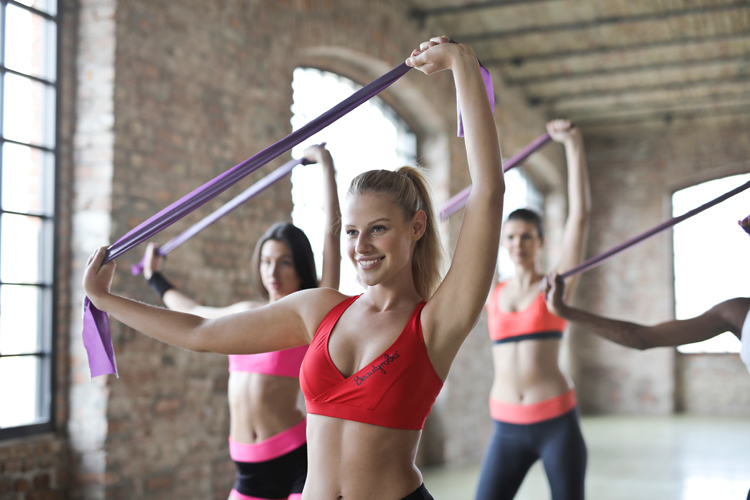Gender imbalance is a long and ongoing debate that has encircled the sporting and sports advertising industry for quite some time. From the advertising of sports products to event promotions and sponsorships, there has always been a gender imbalance argument in the mix.
There’s one question that always lingers concerning the sporting world: ‘is there a gender imbalance in sports advertising?’ We’re going to answer that question in the article.
Does gender imbalance exist in sports?
Before we explore sports advertising, let’s take a look at the idea of gender imbalance in the sporting industry as a whole. When it comes to athlete salaries and sponsorships in major sports, it is clear that there is a gender imbalance in favour of men. The majority of major sports do not provide equal pay for female athletes, with men getting paid substantially more than women. While there is inequality in the pay that men and women receive, there is also an inequality in the opportunity that women have for most sports compared to men, meaning women have fewer opportunities to participate in sports and make a career from their passion.
Gender imbalance in sports advertising
Advertising is effective for a number of reasons and your advertising choices can make or break the reputation of your company. That’s why nowadays lots of brands purposely strive to incorporate as much equality in their advertising as possible. But this has not always been the case.
Most sporting adverts should encourage people and specifically younger audiences to participate in sport. However, if ads only feature boys playing a particular sport like football, younger female audiences may feel left out or tricked into believing that they can’t play that particular sport. It’s true that in a lot of sports commercials and advertising, sport is often portrayed as more of a masculine activity with more males involved than females. This may be different for some brands, however.
The biggest sporting leagues, events and competitions in the world are male-only competitions, such as the FIFA World Cup, the UEFA Champions League, The Super Bowl, Masters Tournament and the NBA to name a few. Since these competitions and events bring in the most money, it’s these competitions and their male athletes that get the most advertising time and space. That’s not to say female fans are not part of the advertising for these competitions since there are several female fans of these major competitions. That said, the women’s leagues and athletes get substantially less advertising and promotions than the men’s leagues and male athletes.
Olympic advertising offers a good gender balance
The Olympics is one of – if not the biggest sporting events in the world – and it features both male and female athletes. Advertising for the Olympics often offers a good balance of both male and female athletes, but this could vary from country to country since different countries may provide their own advertising for the event. Looking at older Olympic advertising from the past, it’s clear that even then, women were featured in a lot of the advertising and the gender balance was almost even. Many brands capitalize on the Olympics and maintaining a good gender balance is fantastic for everyone.




